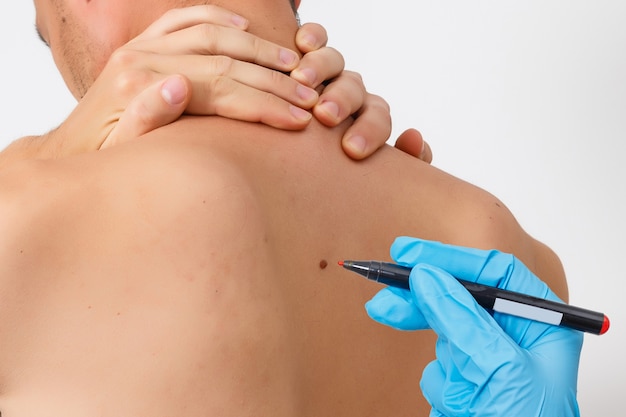
How to Remove Birthmarks: A Comprehensive Guide
Introduction
Birthmarks are pigmented or vascular skin irregularities that can appear at birth or develop later in life. While they are generally harmless, many individuals seek methods to remove them for cosmetic or personal reasons. In this article, we will explore various methods and treatments for removing birthmarks, ensuring that you have the information you need to make an informed decision about your skin.
Understanding Birthmarks
Before diving into removal methods, it’s essential to understand the different types of birthmarks. They can be categorized into two primary groups:
1. Pigmented Birthmarks
- Café-au-Lait Spots: Light brown patches often present at birth.
- Mongolian Spots: Bluish-gray marks that typically appear on the lower back or buttocks.
- Nevus (Mole): Raised or flat, dark spots on the skin.
2. Vascular Birthmarks
- Port-Wine Stains: Red or purple birthmarks caused by abnormal blood vessels.
- Hemangiomas: Raised, bright red birthmarks that may appear during infancy.
- Salmon Patches: Flat, pink marks commonly found on the back of the neck.
Natural Remedies
1. Lemon Juice
Lemon juice is a natural bleaching agent that can help lighten pigmented birthmarks over time. Apply fresh lemon juice to the birthmark and let it sit for 20-30 minutes before rinsing it off. Repeat this process daily until you see results.
2. Aloe Vera
Aloe vera has soothing and healing properties. Apply aloe vera gel to the birthmark and massage it gently. Leave it on for several hours or overnight and rinse it off. Regular use may help fade the birthmark.
3. Castor Oil
Castor oil is known for its skin-healing properties. Apply castor oil to the birthmark and massage it in a circular motion. Leave it on overnight and wash it off in the morning. Consistency is key for noticeable results.
Medical Treatments
1. Laser Therapy
Laser therapy is a popular option for birthmark removal. It uses targeted laser beams to break down the pigmentation or blood vessels responsible for the birthmark. Multiple sessions may be required for complete removal.
2. Microdermabrasion
Microdermabrasion involves gently exfoliating the skin’s top layer, which can help reduce the appearance of pigmented birthmarks. It’s a non-invasive procedure, but several sessions may be needed for best results.
3. Surgical Excision
For larger or more complex birthmarks, surgical excision may be necessary. A surgeon will remove the birthmark and suture the area. This method is highly effective but may leave a scar.
Over-the-Counter Products
1. Skin-Lightening Creams
Over-the-counter skin-lightening creams containing ingredients like hydroquinone may help fade pigmented birthmarks. Follow the product’s instructions and be patient, as results may take time.
2. Concealers
If you prefer a non-invasive solution, high-quality concealers can effectively cover birthmarks. Choose a concealer that matches your skin tone and provides long-lasting coverage.
Conclusion
Removing birthmarks is a personal choice, and the method you choose depends on factors like the type of birthmark, your budget, and your pain tolerance. Consult with a dermatologist to determine the best approach for your specific case. Whether you opt for natural remedies, medical treatments, or over-the-counter products, patience and consistency are key to achieving the desired results.
FAQs
1. Are all birthmarks removable?
- No, not all birthmarks are easily removable. Some may fade over time, while others may require medical intervention.
2. Is laser therapy painful?
- Laser therapy can cause some discomfort, but it is generally well-tolerated. Your dermatologist will provide numbing options to make the process more comfortable.
3. Can birthmark removal cause scarring?
- In some cases, surgical excision may leave a scar. It’s essential to discuss potential risks with your dermatologist before choosing a removal method.
4. How long does it take to see results with natural remedies?
- Results with natural remedies may vary, but it may take several weeks to months of consistent use before noticeable changes occur.
5. Are birthmark removal treatments covered by insurance?
- In some cases, insurance may cover the cost of birthmark removal if it’s deemed medically necessary. Check with your insurance provider for specific details.
